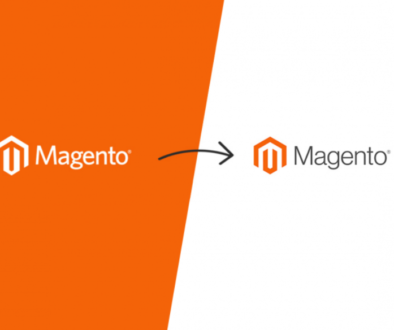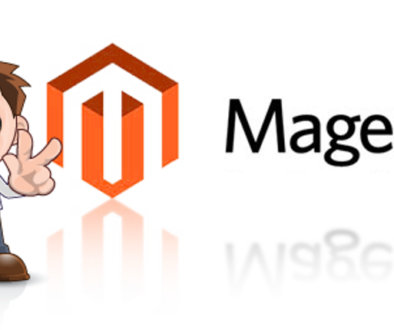Asian E-Commerce: the Last Frontier, Part III

Welcome back once more! This is the third article of three covering the challenges and concerns of e-tailers looking to expand operations into Asian e-commerce. Through a mix of mini case studies, relevant metrics, and solution strategies, we’ll explore the issue from the inside out. If you need to get caught up, please take a few minutes to read Part I and Part II before continuing. If not, let’s go!
Tech in Asian E-Commerce
Picking up where we left off, let’s take a look at how Zazzle was able to launch its international sites so quickly. Thanks to purpose-built data transfer and international-friendly modules, Zazzle was able to launch dual e-commerce sites in Australia and Japan with a few months of each other in 2010. For its Japanese site, Zazzle’s commitment to all-Japanese product descriptions and customer service, as well as yen-centric pricing structures, significantly eased the transition. Moreover, they collaborated with Transcosmos Inc. to arrange call center services and specialized marketing programs ahead of time, incorporating SEO and paid search utilities geared towards Japanese keywords and search habits. Their success is more or less directly attributable to these preliminary efforts.
Same goes for Newegg, the heroes of Part I in this series, whose use of internal technology and a substantial team of Chinese designers and programmers was pivotal in the launch of Newegg.com.cn. The eternal question for Western e-tailers looking to break in is one of differentiation: facing the inarguable success of native Asian e-commerce entities, how do outsiders distinguish themselves?
Newegg cobbled together an answer out of several important components. Their delivery network capitalized on regional carriers to extend the convenience of next-day shipping to several Chinese urban epicenters. They also ported in proven perks like live chat, longer warranties, and packaged installation services. Localization is the name of the game—they’ve become masters at representing it in the Newegg web experience.
Extending the Establishment
When it comes to established brands, sometimes existing momentum can do a lot of work. Take chain retailer Gap, whose national network of approximately 130 stores across its constituent brands in Japan has been in development since 1994. Thus, when they launched their Asian e-commerce site just last October, they had a successful operational infrastructure already in place. Customer favorites such as universal shopping carts and free local shipping were easily and efficiently integrated from day one. And many of their customer experience features translated well with Japanese customers, who loved Gap’s size charts, multi-angle photos, color switching, and zooming. They capped the experience off with return merchandise capabilities and dedicated Japanese content—all elements giving customers the “ability to shop how, when and where they want,” according to Gap Senior Director of Asia online Iris Yen.
The Final Word
Entering Asian e-commerce markets is largely a matter of bypassing expensive startup mistakes. There’s such diversity that U.S. retailers really need to focus on one or two to begin with. Experts put consumer involvement in emerging markets in terms of a four-stage evolution:
1. Once they have a device paired with a reliable internet connection, they start by exploring web content and using social media.
2. Then they take basic e-commerce steps: booking travel, etc.
3. Next they seek out entertainment: books, music, movies, etc.
4. Finally, having become fully integrated into the online shopping mentality, they purchase from the full spectrum of products: apparel, electronics, healthcare, even groceries.
Knowledge of your consumers’ place in this evolution is crucial and can truly mitigate the difficulties of the process. Circling back to Newegg, timing played a huge role in their astounding success when they entered the Chinese market. At the time, the foundation for e-commerce was in its infancy, and the Chinese government actively encouraged foreign investment with tax breaks. It was the right place and the right time for Newegg to step up and meet a growing demand. But perhaps most important of all was Newegg’s commitment to fostering regional relationships with existing Chinese businesses. Their continued success, and yours, is proportional to the recognition of and support for an emergent, consumer-driven market.
The Biggest Gainers in Asian E-Commerce Markets
Format: Retailer — 2012 Web Sales — 2011 Web Sales — Growth
NOTE: many of these figures are based on Internet Retailer estimates
AUSTRALIA
JB Hi-Fi — $52.9M — $29.9M – 77.2%
The Catch of the Day Group — $302M — $198M — 52.53%
CHINA
Suning Commerce Group Co. Ltd. — $4.76B — $945.1M —403.67%
Lele Furniture Information Technology Co. Ltd. — $160.2M — $32M — 400%
INDIA
Flipkart.com – $74.9M — $40M — 87.21%
IndiaTimes Shopping — $142.4M — $90.7M — 57%
JAPAN
Kenkou Corp. – $8.7M — $6.2M –40%
Gilt Groupe Co. Ltd. — $68.1M — $54M — 26%
SOUTH KOREA
Yes24 Co. Ltd. — $306M — $244.8M — 25%
LiBRO — $3.24M — $2.59M — 25%

